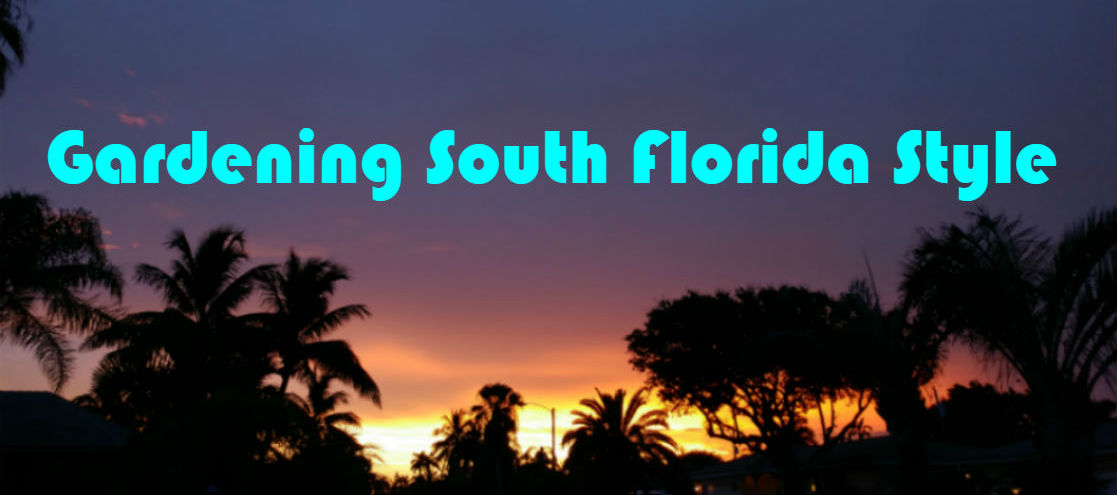For those of you who don't know, South Florida's summer heat and humidity usually shut down any chance of vegetables and herbs to grow well Our sun is incredibly intense and can fry the heartiest of plants in one day. By the time August rolled around, it seemed the heat would never stop and the rains would never come. I figured it was a great time to plan for what I wanted to do. First was research what I thought would grow here and figure out when to start preparing the soil...hmmm...so many choices...so here is what I bought so far.
UM HELLOOO...'glass gem' corn! Why have I not known about this before...and where have I been...did I get heat stroke this summer, well I think a couple times but...how cool is this!?!
 |
| Glass gem corn grown by Kylee Baumle in Ohio You can see her blog at Our Little Acre |
 |
| Beit alpha cucumbers, glass gem corn & broad windsor fava beans from Native Seed |
From Baker Creek Heirloom Seeds, I bought their Shanghai green pack choy, Fish pepper, San Juanito tomatillo, purple jalapeno pepper, yellow wonder wild strawberry, Mexican sour gherkin cucumber and calendula 'pink surprise'.
 |
| Fish pepper, Mexican sour gerkin cucumber, Shanghai bok choy & purple jalapeno's from Baker Creek Heirloom Seeds |
 |
| Pink surprise calendula, San Juanito tomatillo, yellow strawberries & free gift of love-in-a-mist from Baker Creek Heirloom Seeds |
Sidenote: I had some seeds I previously bought at a dollar store (because I just couldn't pass that up, am I right!?!) and am quite curious as to how they will preform compared to the other seeds. So I will be planting those as well.
As I waited patiently for them to arrive, September's weather mellowed out just a bit and the rains we expected all summer (but never came) finally hath cometh, so ok, soil prep time. I cleared out the weeds and amended the soil with mushroom compost, cow manure and my homemade compost. I also made wood supports I modeled from a victory garden article from NPR.
 |
| Inspiration victory garden image from NPR about Cherokee purple tomatoes |
 |
| This is what our looks like from the inside of our patio |
The seeds arrived! Straight away planted them in their pots, labeled and waited.
Four days later here is what I find peaking out of the soil...
Thirteen days later...shazam!
 |
| Corn & cucumbers (left); sugar snaps in back & dollar store seeds of tomato/habanero pepper/sweet banana pepper in front (middle); fava beans sprouts (right). |
In the ground they go...
 |
| Glass gem corn & beit alpha cucumbers |
I also have to wait until this is healed...
 |
| Got into a tangle with a hedge trimmer...12 stitches later...sigh... |
Ugh so again at a stand till...sniff, sniff...insert sad pouty face here.
Well my friends, until the next milestone...Happy Gardening!
Best wishes,
Sheri
xoxo


